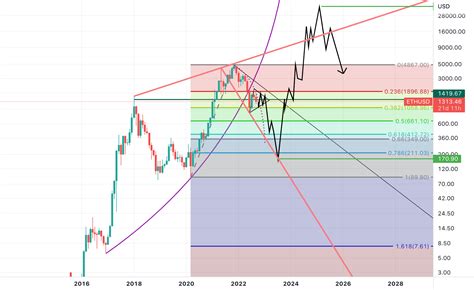Establishing Exchange Rates: How Bitcoin’s Value is Determined
In today’s digital economy, exchange rates play a crucial role in facilitating international transactions and investments. Among the cryptocurrencies, Bitcoin (BTC) has become a widely accepted store of value and medium of exchange, with its value often traded against other currencies. So, how does the exchange rate for Bitcoin to another currency, like USD or EUR, get established? Let’s dive into the process.
The Cryptocurrency Market
Bitcoin is created through a decentralized proof-of-work (PoW) consensus mechanism, which utilizes advanced cryptography and computational power to validate transactions on the blockchain. The total supply of Bitcoin is capped at 21 million, making it a scarce asset. This scarcity contributes to its value and stability.
The cryptocurrency market is largely driven by speculation, adoption, and institutional investment. As more people become aware of cryptocurrencies like Bitcoin, their value increases, influencing exchange rates. Market participants buy or sell these assets based on various factors, including:
- Supply and demand: The balance between buyers (those wanting to purchase BTC) and sellers (those trying to get rid of their holdings).
- Price movements: Changes in the market price can trigger buying or selling.
- Regulatory environments: Government policies and regulations surrounding cryptocurrencies can impact market sentiment.
- News and events: Breaking news, economic announcements, and global events can influence cryptocurrency prices.
Exchange Rates: A Market Function
Exchange rates are calculated based on supply and demand, just like any other financial market. When an investor buys Bitcoin with USD, they are essentially exchanging their fiat currency (USD) for the cryptocurrency’s digital equivalent. The exchange rate is determined by the market forces mentioned above.
In practice, exchange rates work as follows:
- Buyer: The investor buying Bitcoin with USD sends the funds to a decentralized exchange (DEX) or an online trading platform.
- Sell: The buyer receives the Bitcoin they’ve purchased from another party who wants to sell it for USD.
- Exchange rate calculation: The difference between the buy and sell prices is converted into a new exchange rate, which represents the value of one unit of BTC in terms of USD.
Factors Influencing Exchange Rates
Several factors can affect the exchange rate between Bitcoin (USD) and other currencies:
- Supply and demand imbalances: As mentioned earlier, changes in supply and demand drive market movements.
- Market sentiment: Investor attitudes towards cryptocurrencies, as well as broader economic conditions, can influence market trends.
- Regulatory environments: Governments’ decisions regarding cryptocurrency regulations can impact market sentiment.
- News and events: Breaking news or significant announcements can cause price swings.
Conclusion
Establishing exchange rates for Bitcoin to other currencies is a complex process influenced by various market factors. As the demand for cryptocurrencies continues to grow, so does the complexity of exchange rate determination. Understanding how these rates are established can provide insights into the cryptocurrency market and help investors make informed decisions in this rapidly evolving field.
Additional Resources
If you’re interested in learning more about Bitcoin or exploring related topics, here are some additional resources:
- [Ethereum]( An open-source, decentralized platform for building smart contracts and decentralized applications (dApps).
- [Bitcoin]( The first decentralized digital currency.



